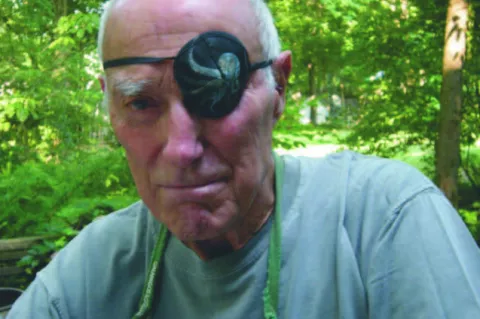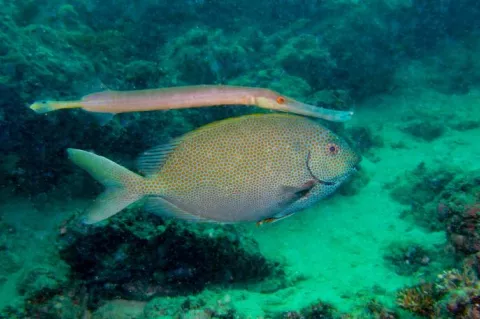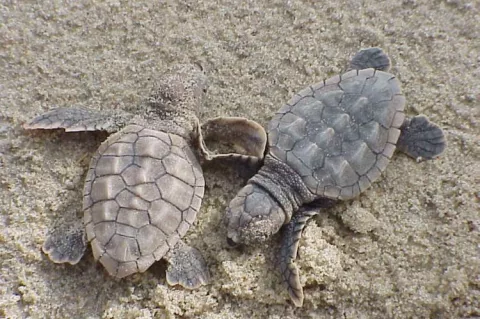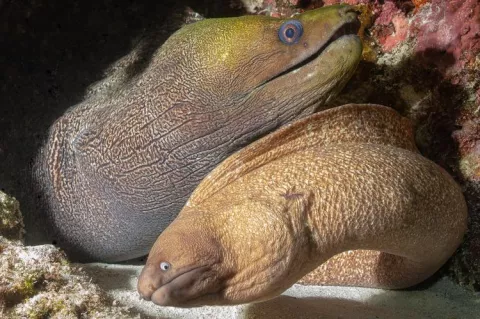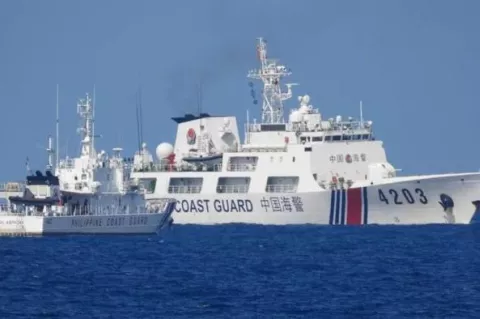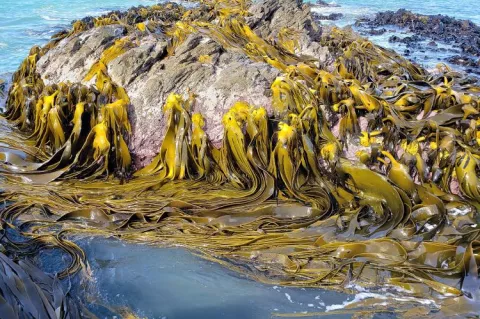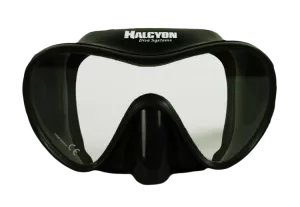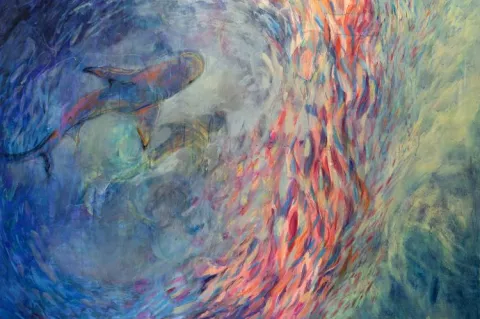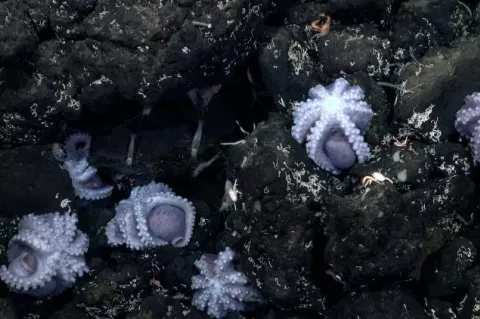Stan Waterman: A Luminary of the Deep
Stan's tale began as a young boy enamoured with the sea, diving into its depths with nothing but a spear in hand. His naval service during World War II further cultivated this connection. Post-war, his journey took a serendipitous turn when he dived into a glacial pond in Maine, a modest start to an illustrious career that would see him traverse the world's oceans.

